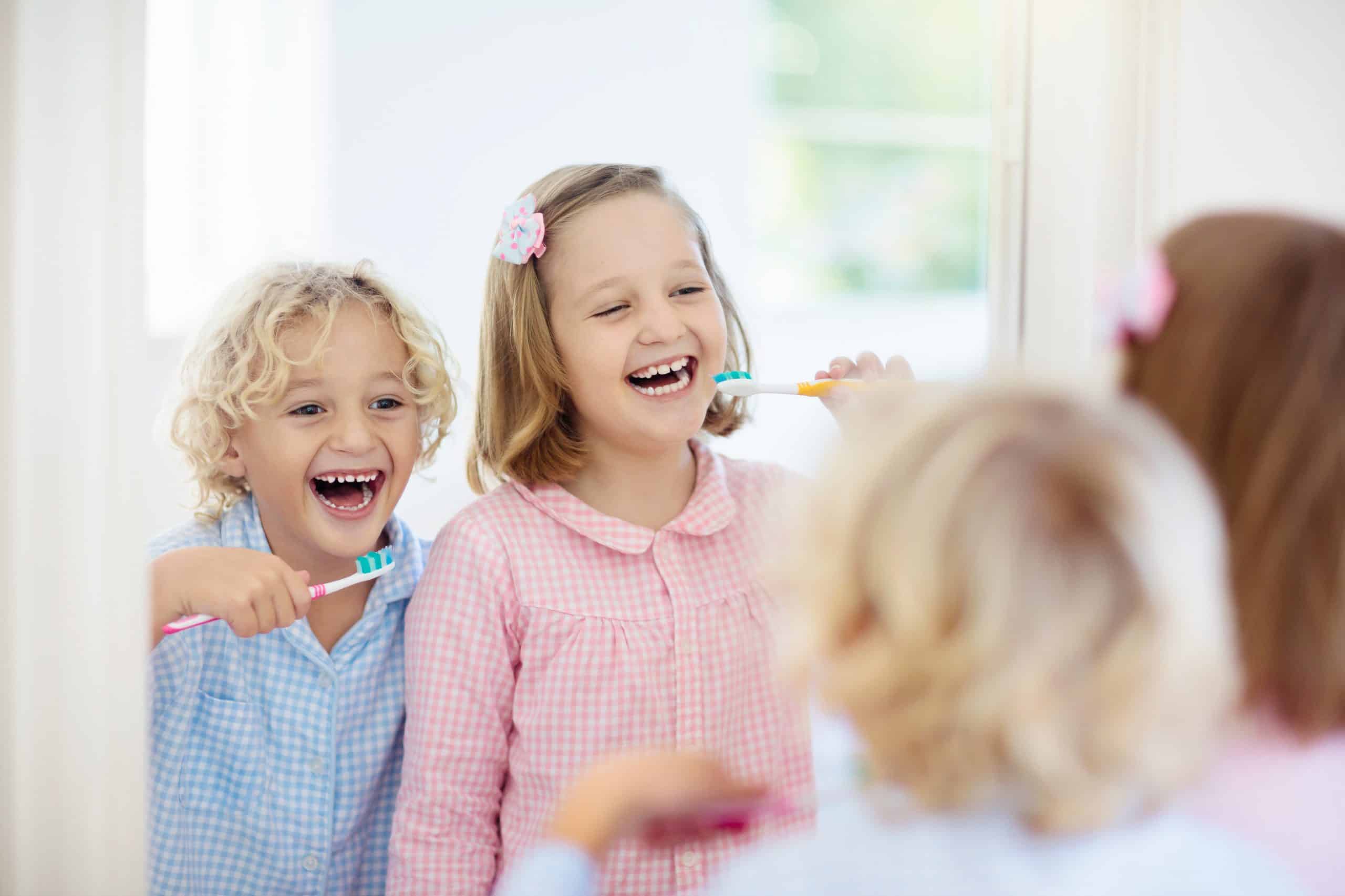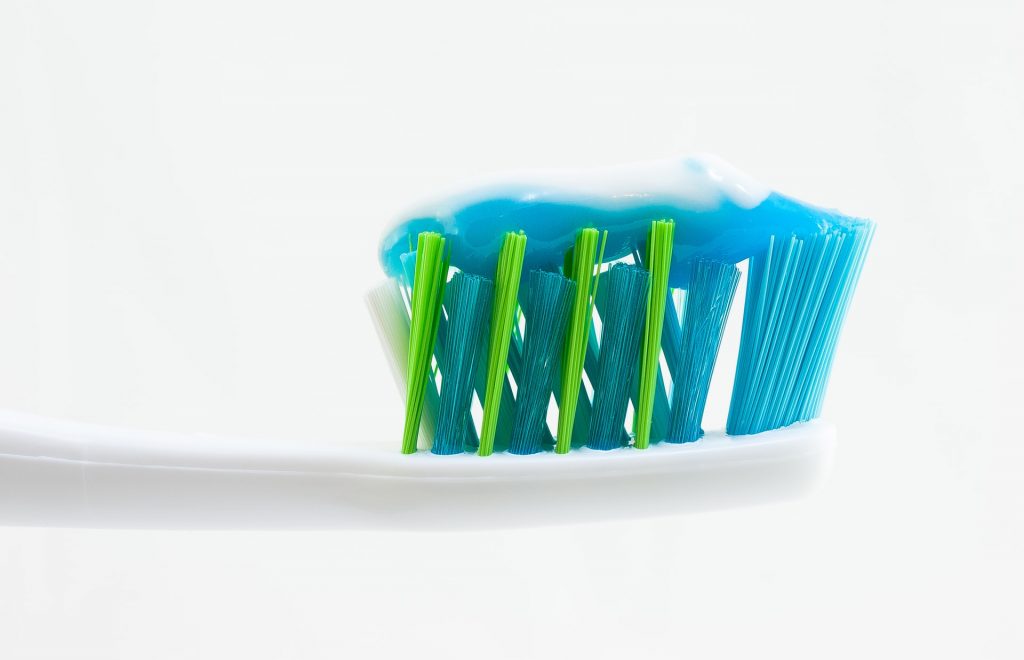
Today, drugstores offer such a wide range of products that purchasing toothpaste for a child may turn into a real puzzle. Meanwhile, when choosing toothpaste we should be guided by one basic criterion, which is the presence of fluoride.
Consumption of sugary foods, whether liquid or solid, leads to the production of acids by bacteria in the oral cavity. These acids destroy the hard tissues of the teeth and contribute to the development of tooth decay. This risk is particularly high in children because the enamel of newly erupted teeth (both milk teeth and permanent teeth) is not fully developed. It is therefore necessary to strengthen their structure to prevent the occurrence of caries.
Only fluoride is able to protect tooth enamel against the erosive action of acids. This property makes it an irreplaceable cavity killer and an ally in maintaining proper oral hygiene of the child. The use of fluoride, however, must be carried out in accordance with safety rules established by specialists. According to the latest guidelines of Polish Dental Experts the concentration of this element in pastes intended for children under 6 years of age should be 1000 ppm. After the age of 6, children can use the same toothpaste as their parents, provided it contains no more than 1450 ppm.

The dose of fluoride must depend on the age of the child to provide the best protection against tooth decay, but also to avoid the risk of overdose. The age of the child also determines the amount of toothpaste squeezed onto the toothbrush:
In the context of concerns about the use of fluoride toothpastes, which are becoming more and more frequent, it should be said that the above doses do not expose the child to the risk of fluorosis. This condition develops as a result of an excess of fluoride and manifests itself in the appearance of whitish, unsightly spots on teeth. However, this excess is not caused by the use of toothpastes containing fluoride, but by the large number of sources from which the body obtains this element. Fluoride is present in large quantities in mineral water, food and dietary supplements.
Despite this, the risk of fluorosis is very low because fluoride is rarely administered orally as a preventive measure. The decision for additional supplementation may be made as a result of individual caries risk assessment.
The wide range of toothpastes in various flavours is not a marketing strategy at all, but a response to real demand on the part of young consumers. Very often children do not like the sharp taste of mint. So offering them toothpaste with an attractive flavor is the best way to encourage them to brush their teeth regularly.
The youngest children who cannot yet take care of proper oral hygiene should use toothbrushes only under adult supervision.
Photo: famveldman/Adobe Stock